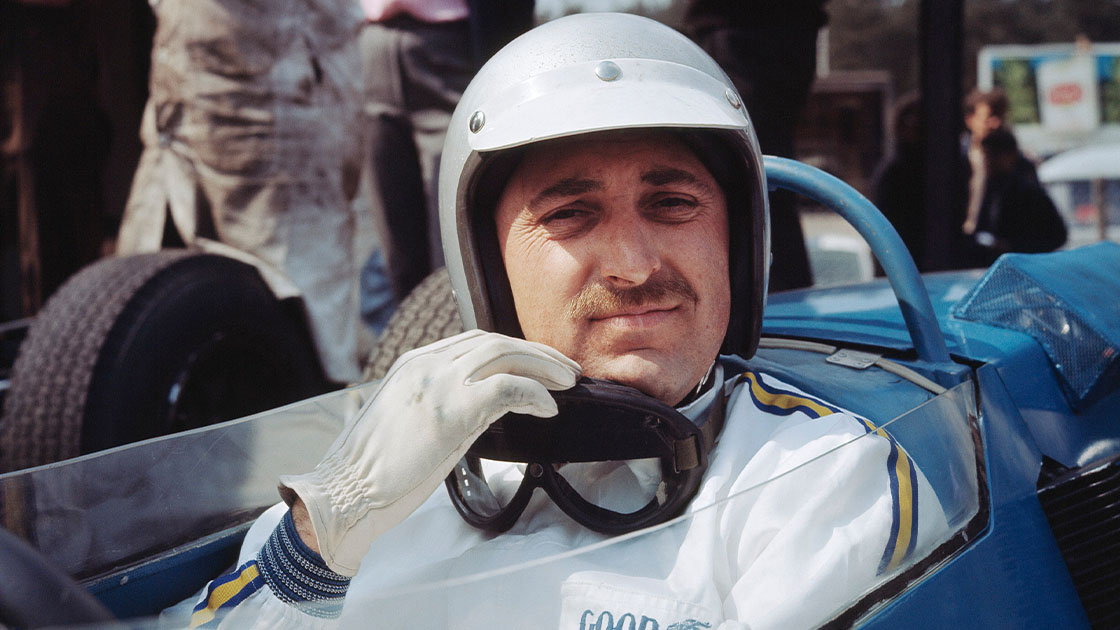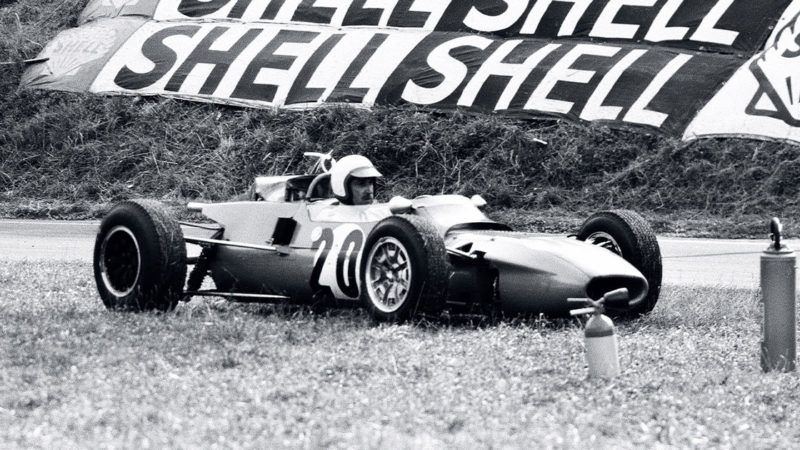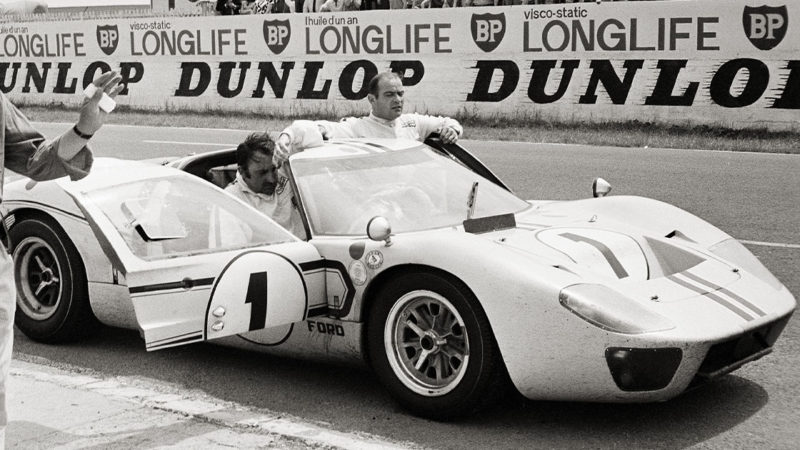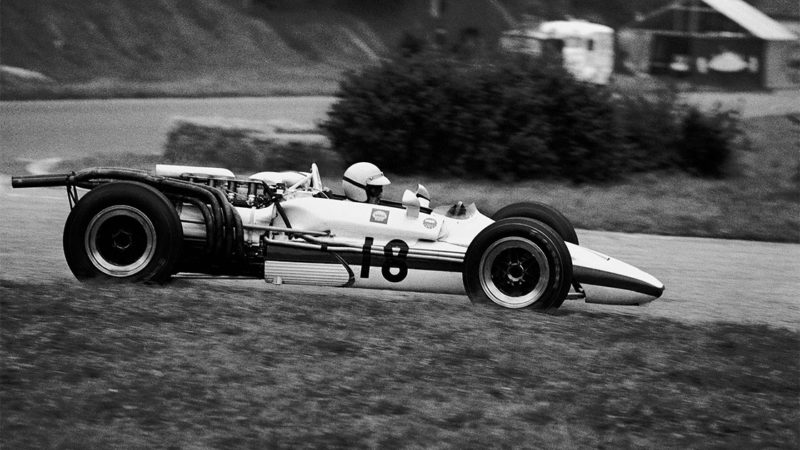Jo’s Madagascar funds now depleted, Annie took a job as secretary at Crombac’s Sport Auto magazine to help pay the bills. Fortunately, the sociable Jo now found the first in a series of enthusiastic patrons, namely Jean Moench, an old friend from Nancy who had come into money when his family business was sold. Moench wanted to start a two-car team with Schlesser, and had his eyes on the new machine being built by Jack Brabham and Ron Tauranac.
“In those days the car was called MRD, and you know what that sounds like in French!” smiles Jabby. “I told Tauranac, if you will change the name to Brabham, we’ll buy two, one for Moench and one for Schlesser. Of course they changed the name, and it took years for Ron to forgive me.”
Armed with the first production BT2, Schlesser gave Brabham its first-ever victory, at Montlhery, in 1962. The following year he proved a regular winner all over Europe, although he was lucky to escape unhurt from a huge crash at Chimay in a Lotus. He also appeared in a few non-championship F1 races, and drove a works Aston Martin at Le Mans. At his side throughout these weekends was Annie, who effectively acted as team manager.
As Crombac recalls: “If she thought he wasn’t going quickly enough, she would say, ‘Jo, you are walking instead of racing!’ She was very good at lap scoring and doing the letters for him.”
Schlesser was established as France’s most promising prospect, although the competition was slim. But he was now 35, and few considered that he had a future. Crombac came to the rescue when a new Ford France PR man turned up at the infamous bar below the office of Sport Auto.
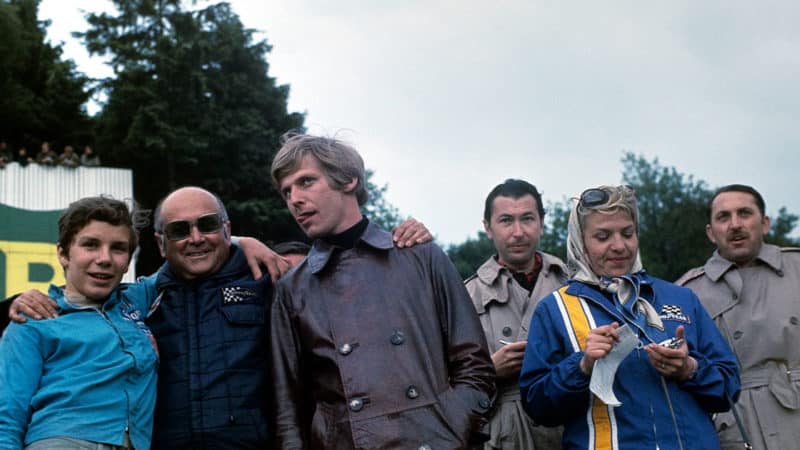
Schlesser on far right, with his wife Annie to his left – Johnny Seroz-Gavin in the centre
“We more or less became advisors to this guy, and the first thing we did of course is say you should sponsor Schlesser. He was really never sorry for it, and for years he was backing Jo in a big way. Jo really was, at that time, the best French driver.”
With backing from Ford France, Jo launched a serious F2 programme with a Brabham in 1964. He won a poorly-supported race at Vallelunga; more impressive was third behind Brabham and Stewart at Montlhery. He also had sportscar outings, sharing a GT40 with Richard Attwood at Le Mans, and finishing fifth in a Cobra with Phil Hill at Sebring.
Schlesser was a natural choice for the new works Matra F2 team in 1966, but he was gradually overshadowed by rising star Jean-Pierre Beltoise, who was nine years younger. Jo regularly qualified well, but appalling reliability spoiled the season until he finished second to Brabham at Albi.
In 1967, Beltoise took centre stage in Matra’s works F2 team, while Schlesser retained a seat only with Ford France sponsorship.
“The Matra hierarchy never considered him as a Matra driver,” says Crombac. “Part of the reason Matra was racing was to attract young engineers to work for them, and they didn’t want the image of old drivers.”
